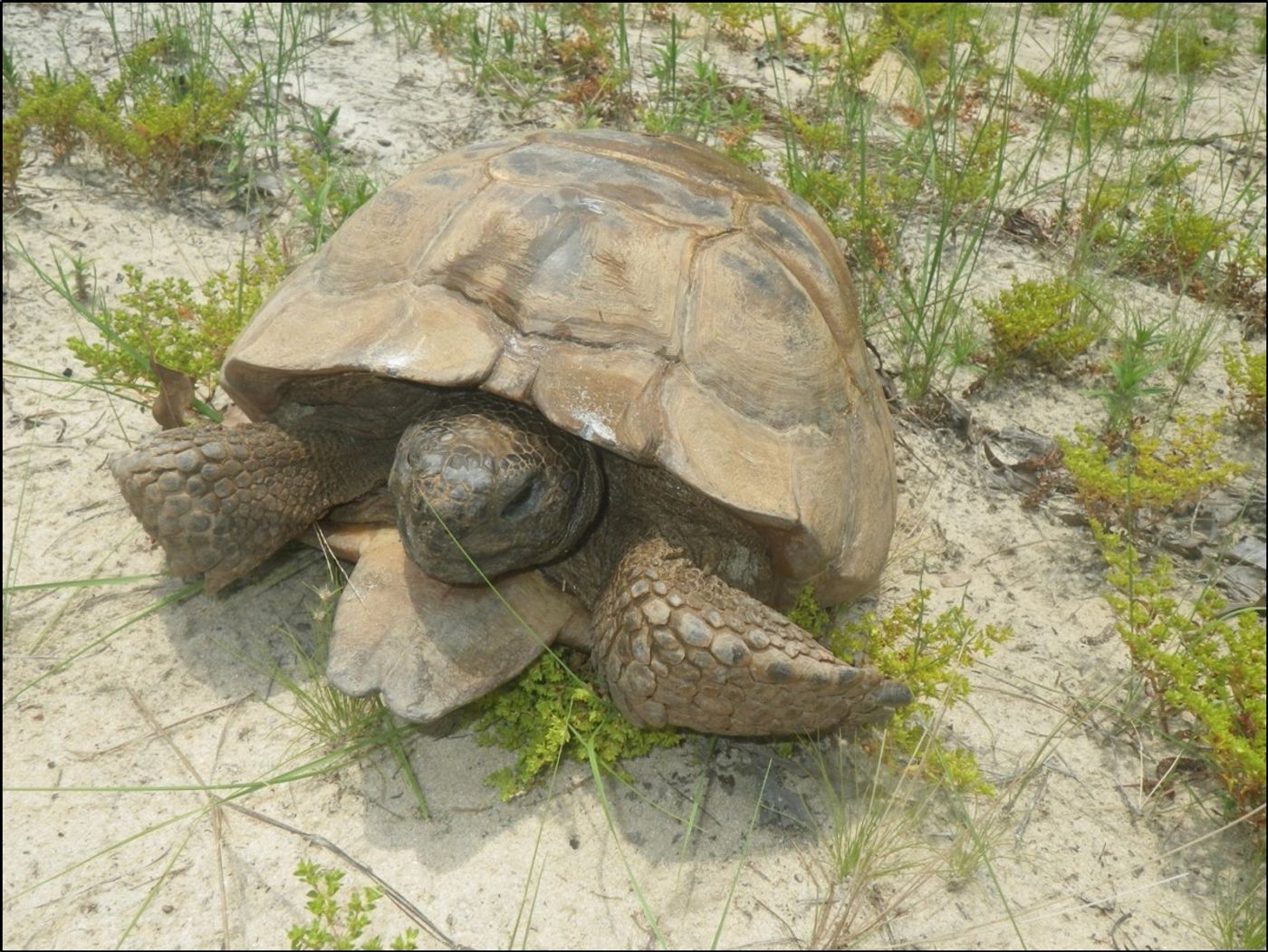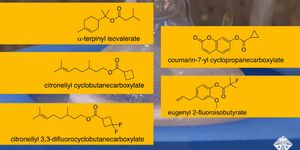Can We Streamline the Head-Starting Process for Georgia's Gopher Tortoises?
In the world of animal conservation, head-starting is a technique used by experts to prevent threatened species from inching closer to extinction. This procedure involves raising said animals in captivity until they’ve grown large enough to be released in the wild. But just how well does it work?
Curious researchers from the University of Georgia wanted to find out, so they performed field research on head-started gopher tortoises native to the state of Georgia to validate the procedure's effectiveness and to discern whether it could be streamlined in any way. Their findings are published in the Journal of Wildlife Management.
Predation is a ubiquitous issue for juvenile gopher tortoises, but head-starting spearheads the problem by protecting said juveniles until they’ve grown large enough to avoid getting eaten. On average, the head-starting process takes around two to three years per tortoise.
Given the current successes, the researchers wanted to know if the head-starting process would be as effective with yearlings as it has been with 2 and 3-year-old gopher tortoises all these years. To find out, they moved forward with controlled releases in protected areas.
"We initially released the tortoises into pens to acclimate them into the natural environment," explained Dan Quinn from the Savannah River Ecology Laboratory (SREL) at the University of Georgia. "This gives them time to construct a burrow, and in theory, it reduces predation risk."
Related: Amputee tortoise gets a pair of wheels to help it around
Out of the 150 tortoises released at the sites, 42 had miniature radio trackers attached to them. For one full year afterward, the researchers monitored the post-release movement and survivorship of the yearling tortoises.
Intriguingly, their survival rates were higher than 70% – a positive result.
While the survival rate was considerably higher in the head-started variety than of those born naturally in the wild, the researchers discerned a few other striking details that tossed a wrench into the study.
Perhaps the most notable of those details was that most of the yearlings stuck together at their release site throughout the entire year they were monitored. Just as they say, there’s power in numbers; their refusal to split up and go separate ways improved reproduction results, helping to ensure survival.
Related: Celebrate World Tortoise Day by spreading awareness
If there’s anything to be learned from the study, it’s that it may be possible to reduce the head-starting process in gopher tortoises from two or three years to just one. Furthermore, “controlled” releases may not be necessary, assuming all yearlings continue to band together wherever they’re dropped off.
As the researchers point out, the results are still hugely preliminary. That said, additional research should validate whether shortening the head-starting process yields adverse side-effects on conservation efforts in non-protected areas and whether it could streamline the conservation process for the species.
It should be interesting to see what future studies find on the matter.
Source: University of Georgia, Journal of Wildlife Management









